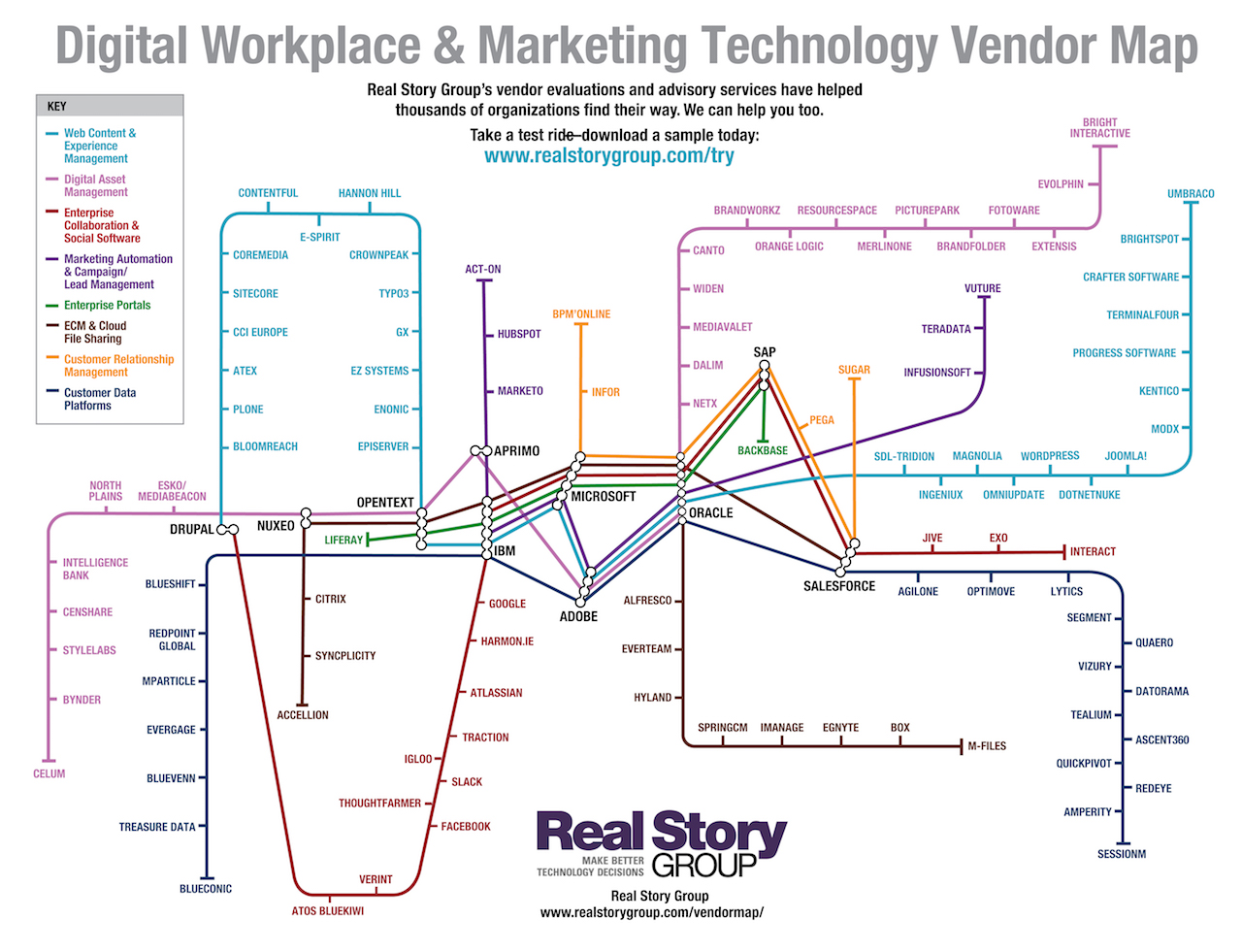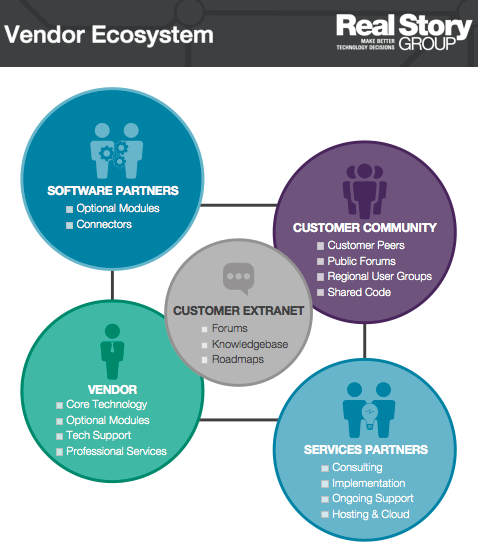Immersive Environments Still Not Ready for Enterprise
In 2011, Real Story Group published an advisory, “Is Immersive Collaboration Software Ready for Prime Time?,” which concluded that the value of virtual worlds and other immersive environments remains questionable and risky for enterprise customers.
As an enormous enthusiast and independent researcher of these platforms, I consider this analysis still applicable today. Continuing interface complexity, coupled with difficulties in scaling due to fundamental limitations in bandwidth, means that best-case uses of immersive environments remain rooted in non-enterprise sectors.
For example:
- Progressive education
- Design and prototyping in a collaborative but limited context (for example, design of a theatrical stage set)
- Some site- and scenario-specific training (such as machine control rooms or cultural training for personnel operating in foreign environments)
- Arts and entertainment
Utilizing virtual worlds today continues to require a user base that is amenable to exploration and novelty and where “creative play” is valued above efficient productivity. End-users must still invest substantial time and effort to master the steep learning curves needed to function fluidly in a virtual environment; it takes significant skill-sets to traverse and utilize these platforms.
More common technologies such as video conferencing and desktop sharing of industry-standard applications--augmented by communication channels (for example, CAD on shared desktops using Skype)--remain more accessible, effective, and efficient solutions for enterprise.
However, technical and design innovation in the immersive space continues, and increasing VC interest is promising. Paul Allen-led Vulcan Capital recently invested in High Fidelity, a next iteration of complex virtual world by the creators of Second Life. High Fidelity has built into the user interface support for gesture and facial mapping onto avatars via camera and sensor inputs, as well as viewing via Oculus Rift. Once mature, these technologies could greatly reduce the complexity of use and navigation. The acquisition of Oculus Rift by Facebook is another monetary vote of confidence that may augur well for next-generation immersive platforms.
But, nearly three years after our initial assessment, there has yet to be a breakthrough application that radically changes the analysis regarding enterprise use.
Additionally, I predict that the vendor-provided model of virtual platforms will not be the final path to enterprise and mass adoption. Rather, the next iteration of the web—one that will be 3D and immersive in its entirety—rests in the ability of HTML5 and frameworks such as WebGL to deliver standardized 3D in the browser without the need for additional plug-ins, media players, and disparate user-controls. Critically, advances in camera and sensor technologies integrated into laptop and mobile devices, are necessary to alleviate the enormous, current burden on the user, who is asked to manually pilot avatars in a complex environment while not losing sight of where he is on the spreadsheet.
While some evangelists claim that virtual worlds make online engagement “more human and life-like,” they succeed in this only to the extent that everyone is rendered more vulnerable to chagrin as unintended events and simple user error become publicly observable. In good-natured and flat organizations where everyone is able to be equally fallible, this may be acceptable. In those where some modicum of professional authority and hierarchy is desired, virtual worlds continue to risk rendering everyone equal along a spectrum of the absurd.







